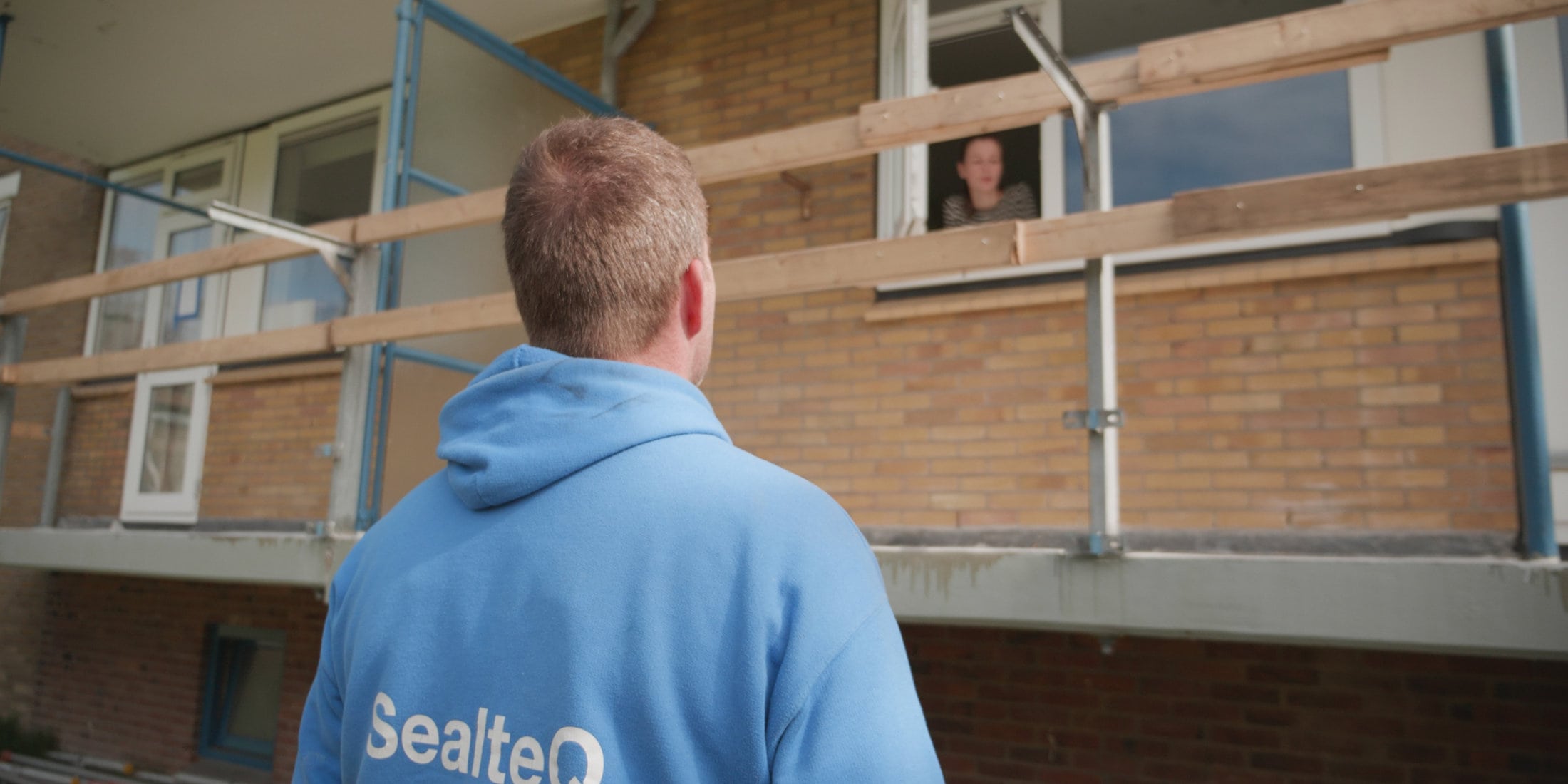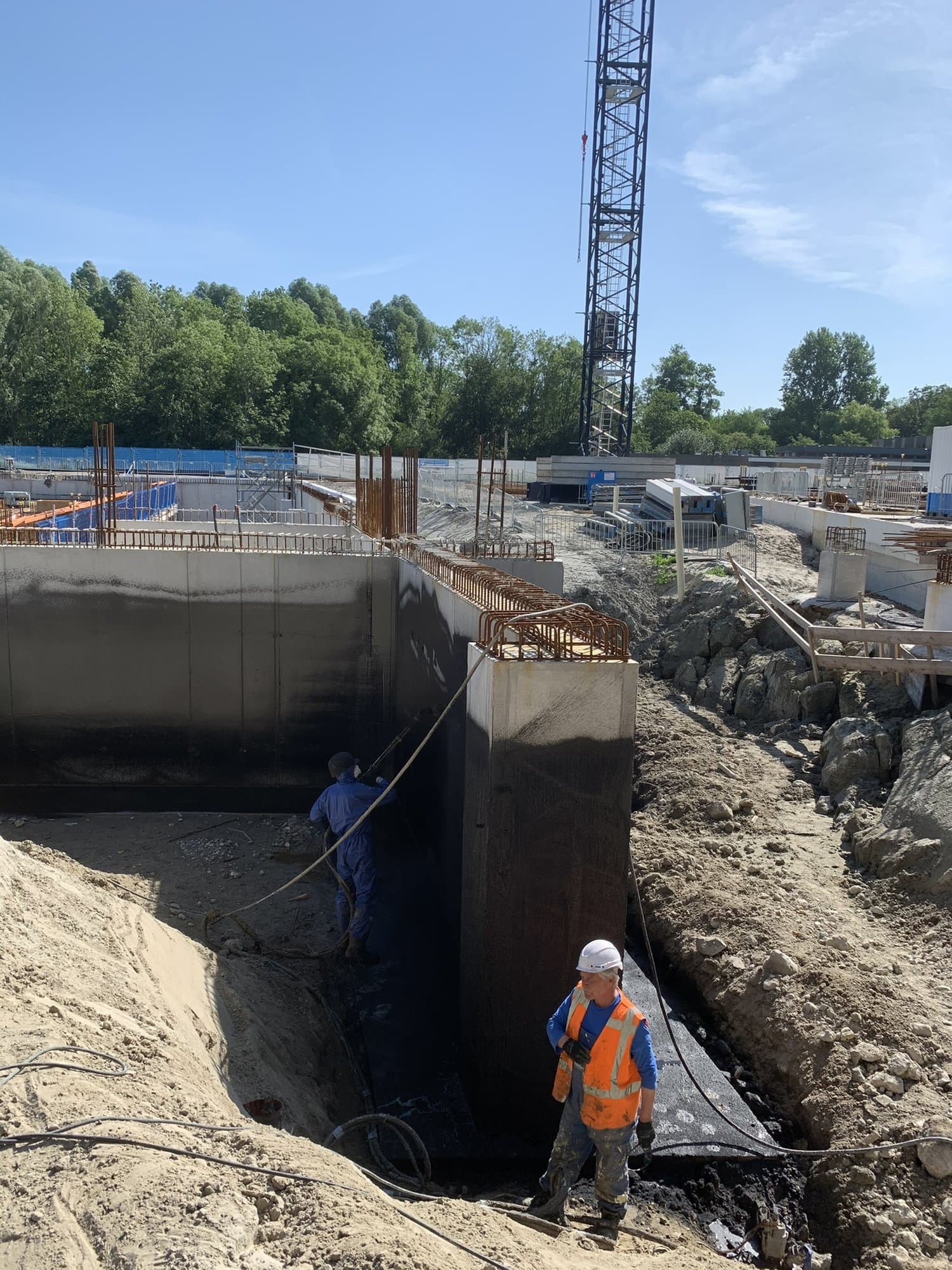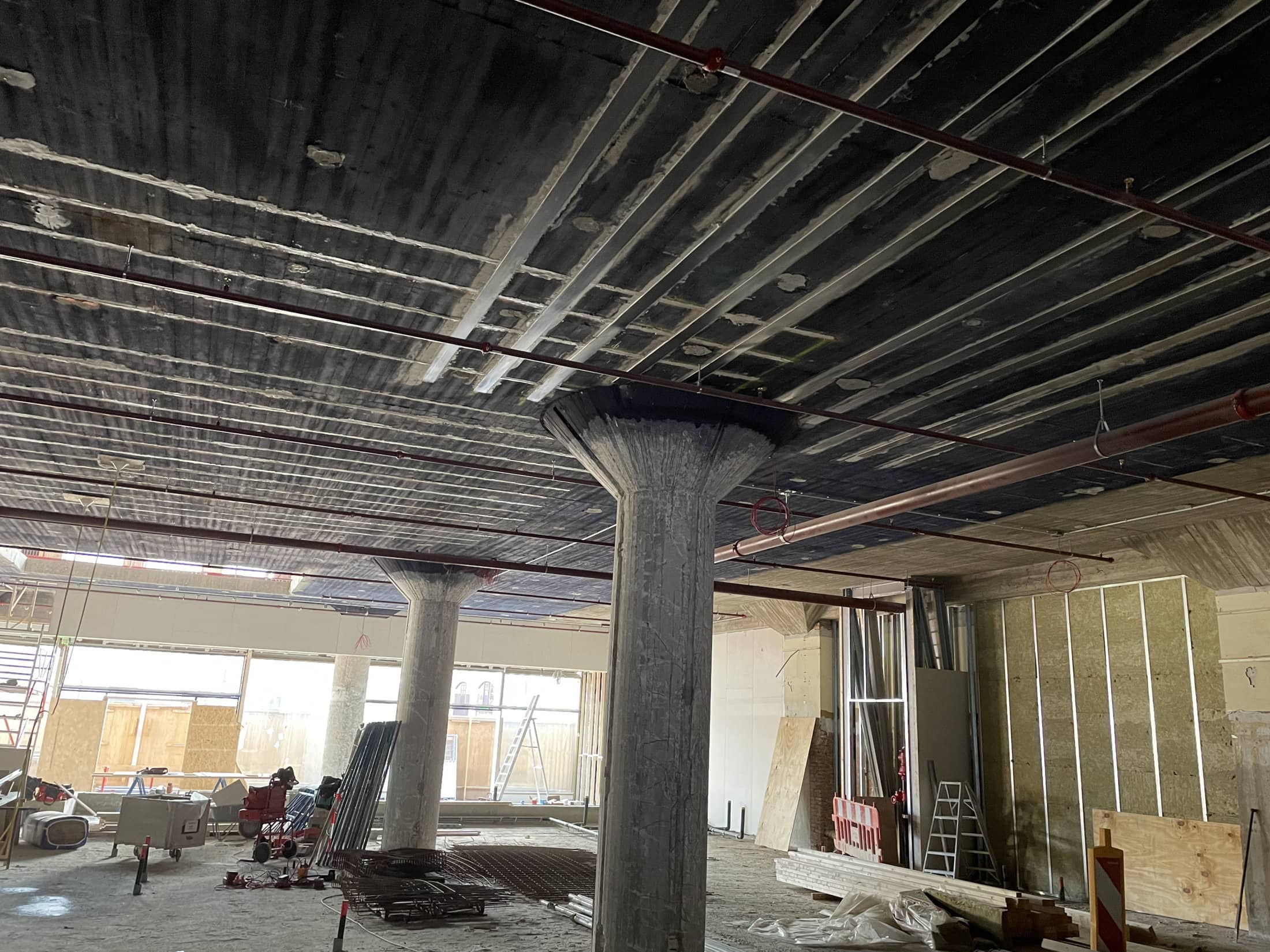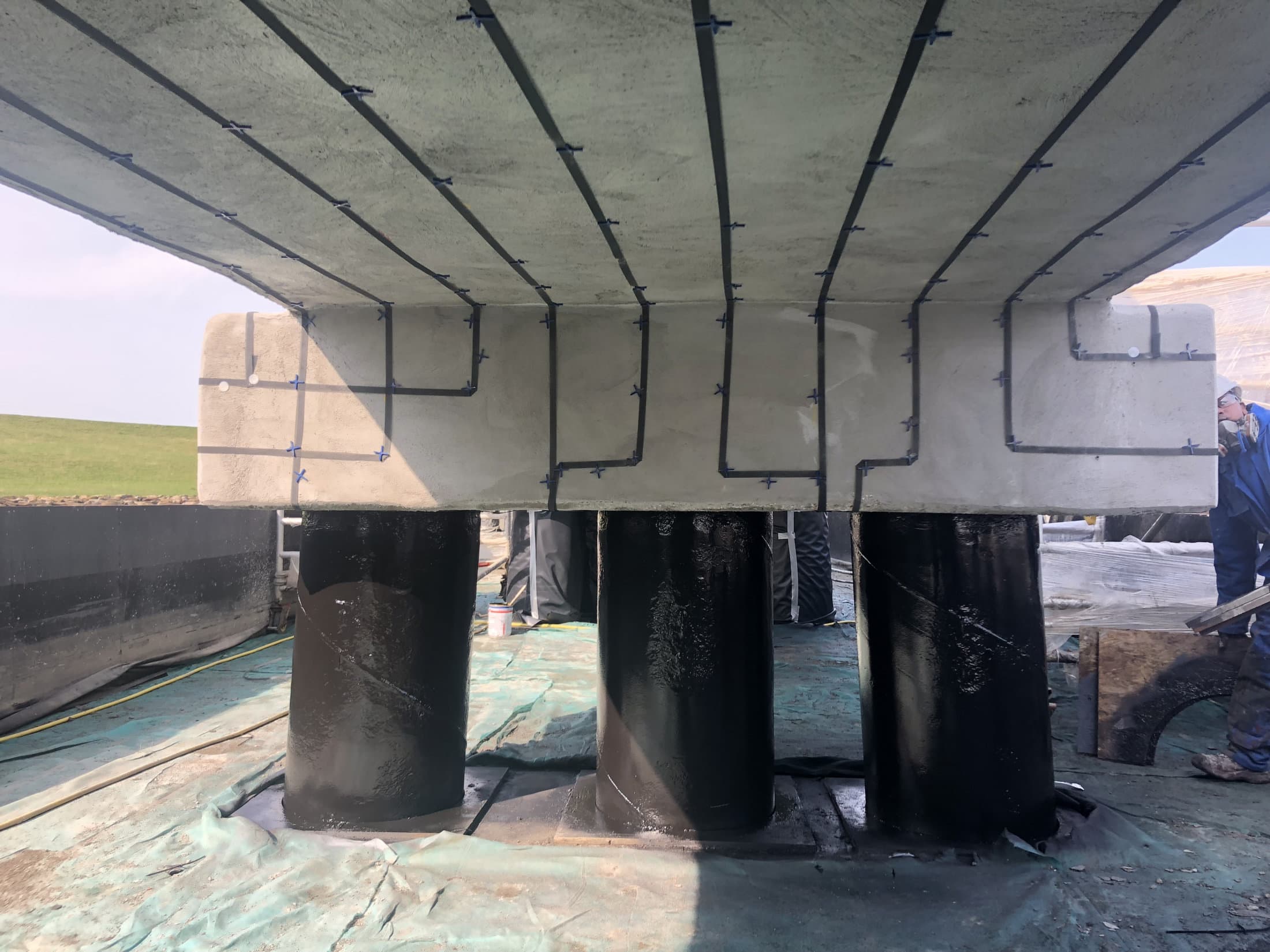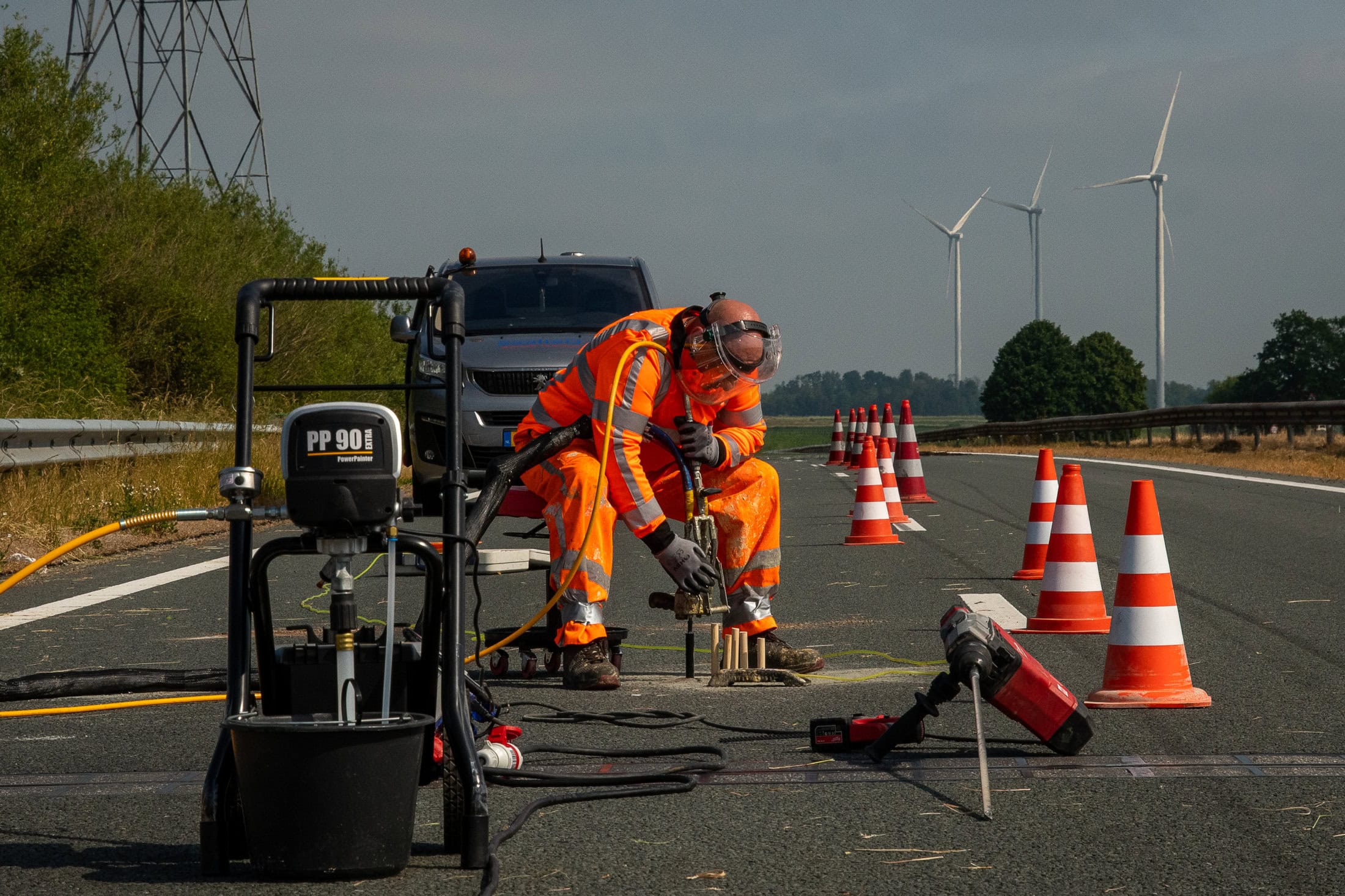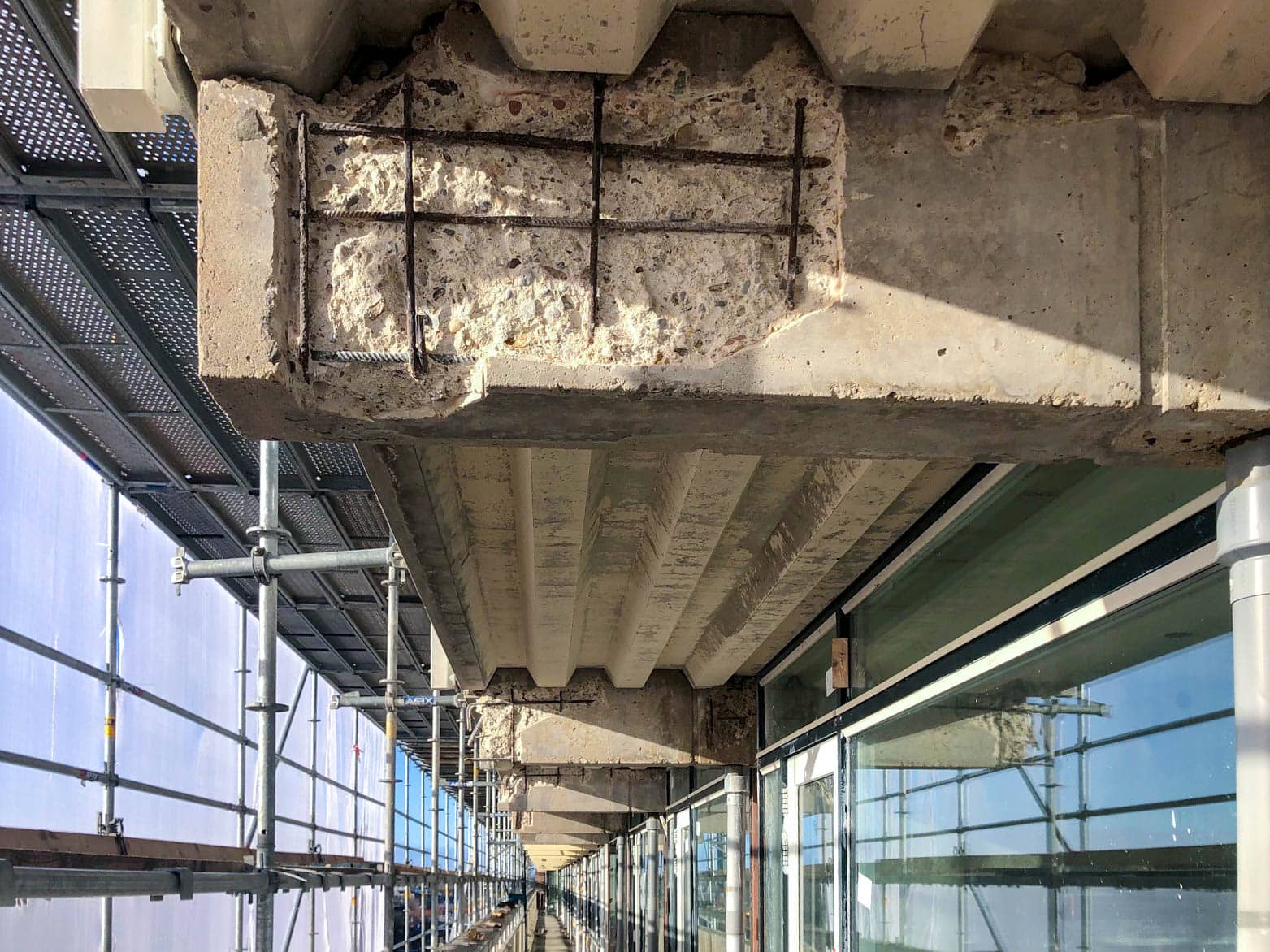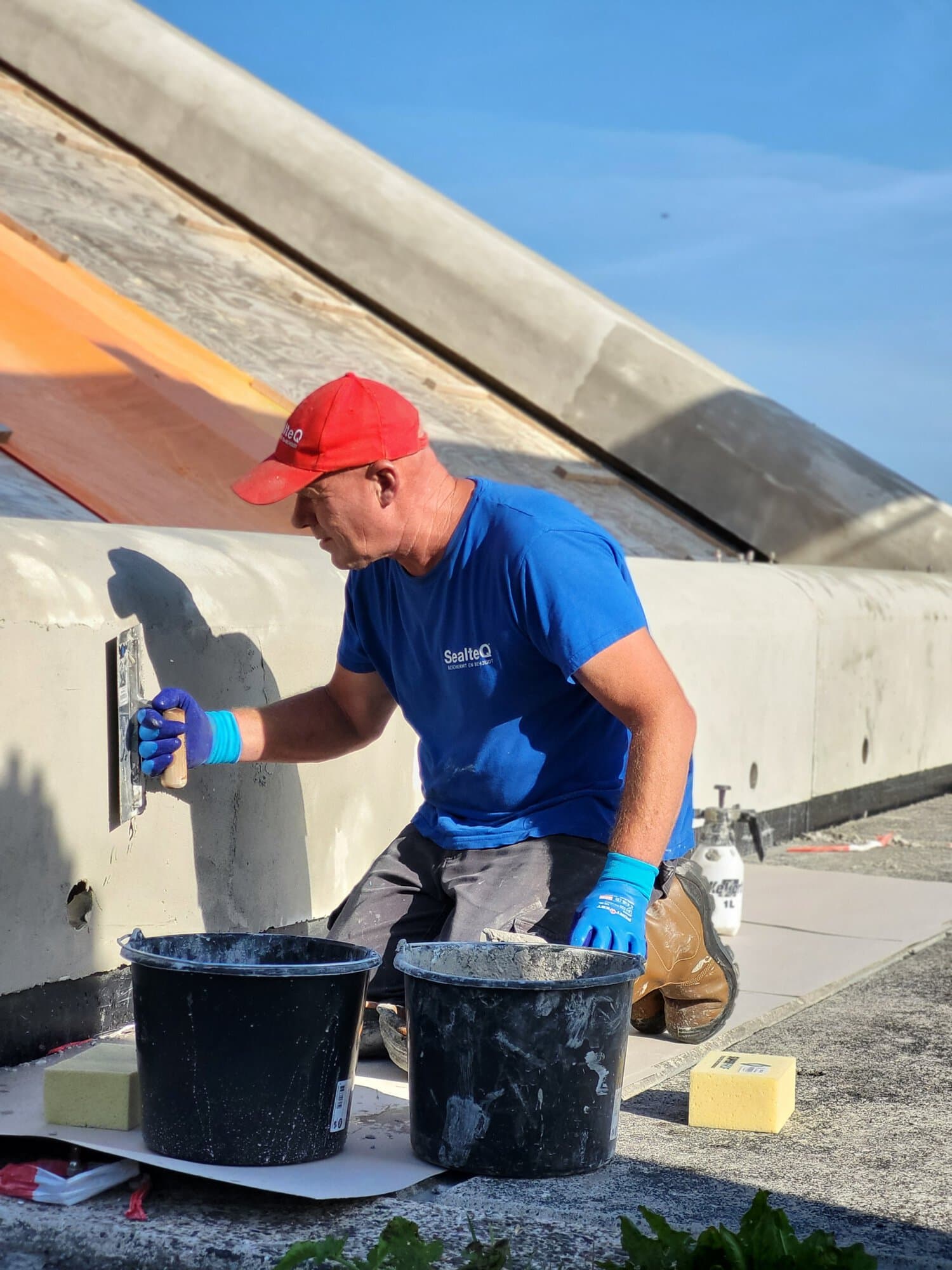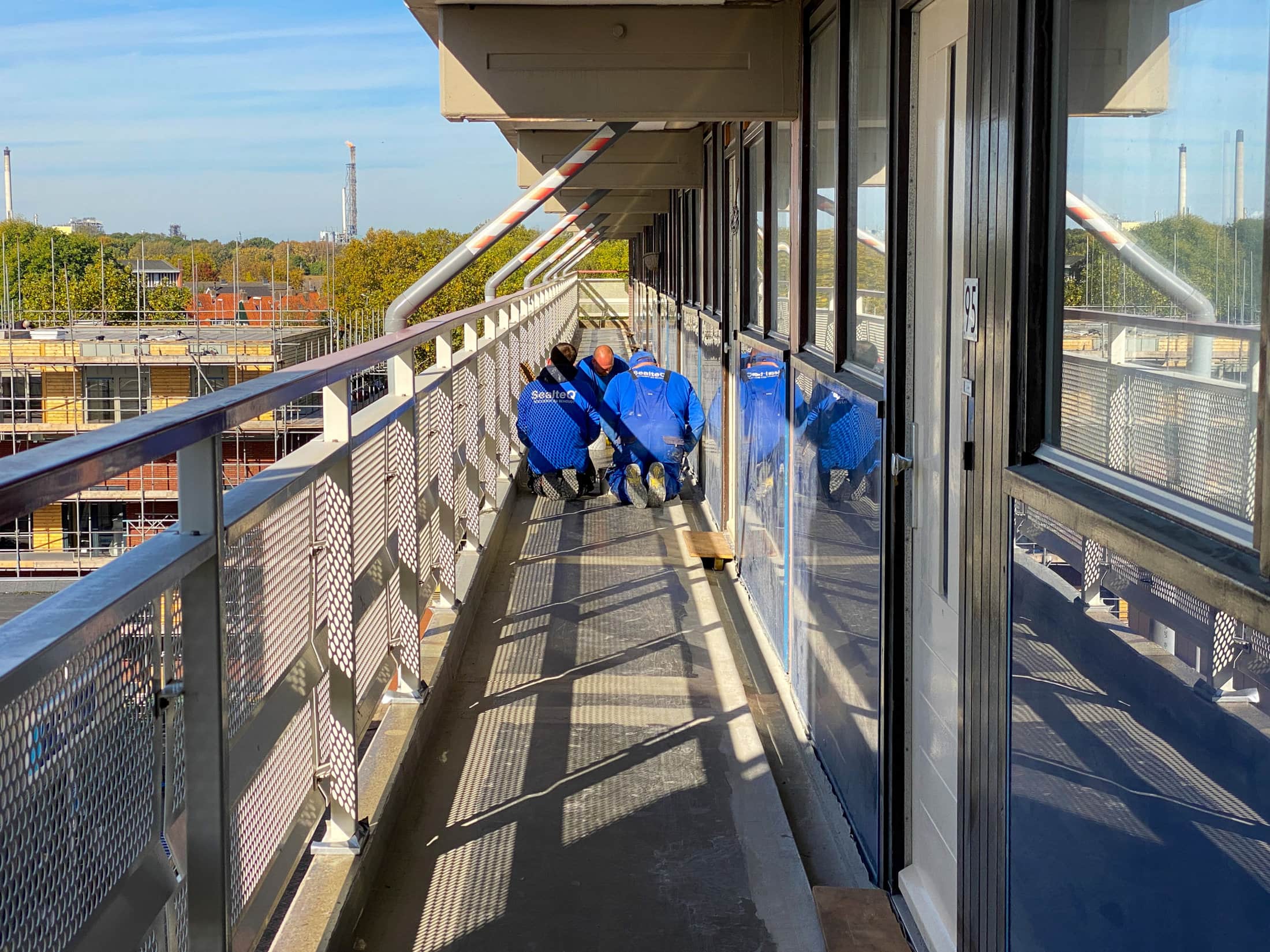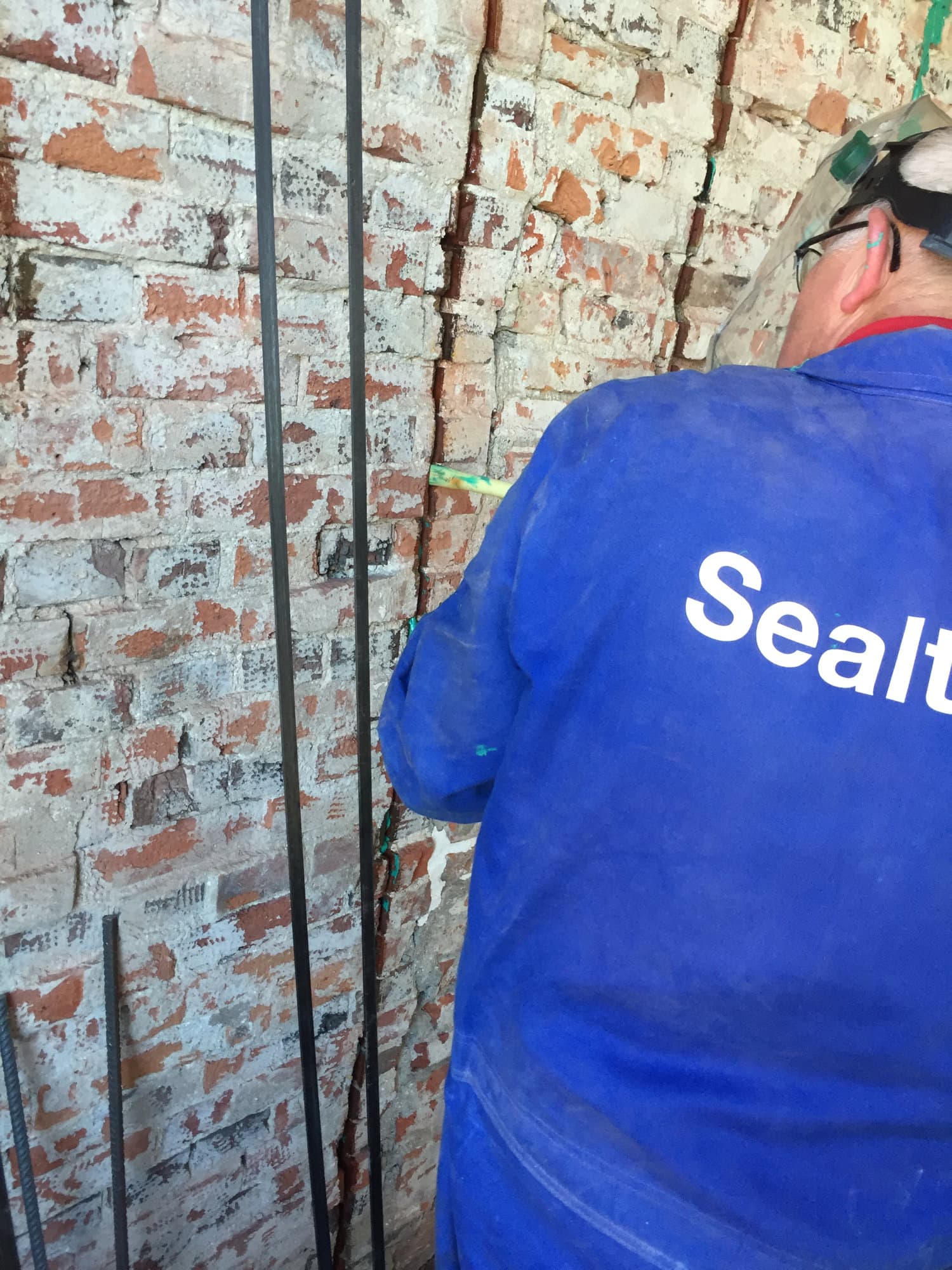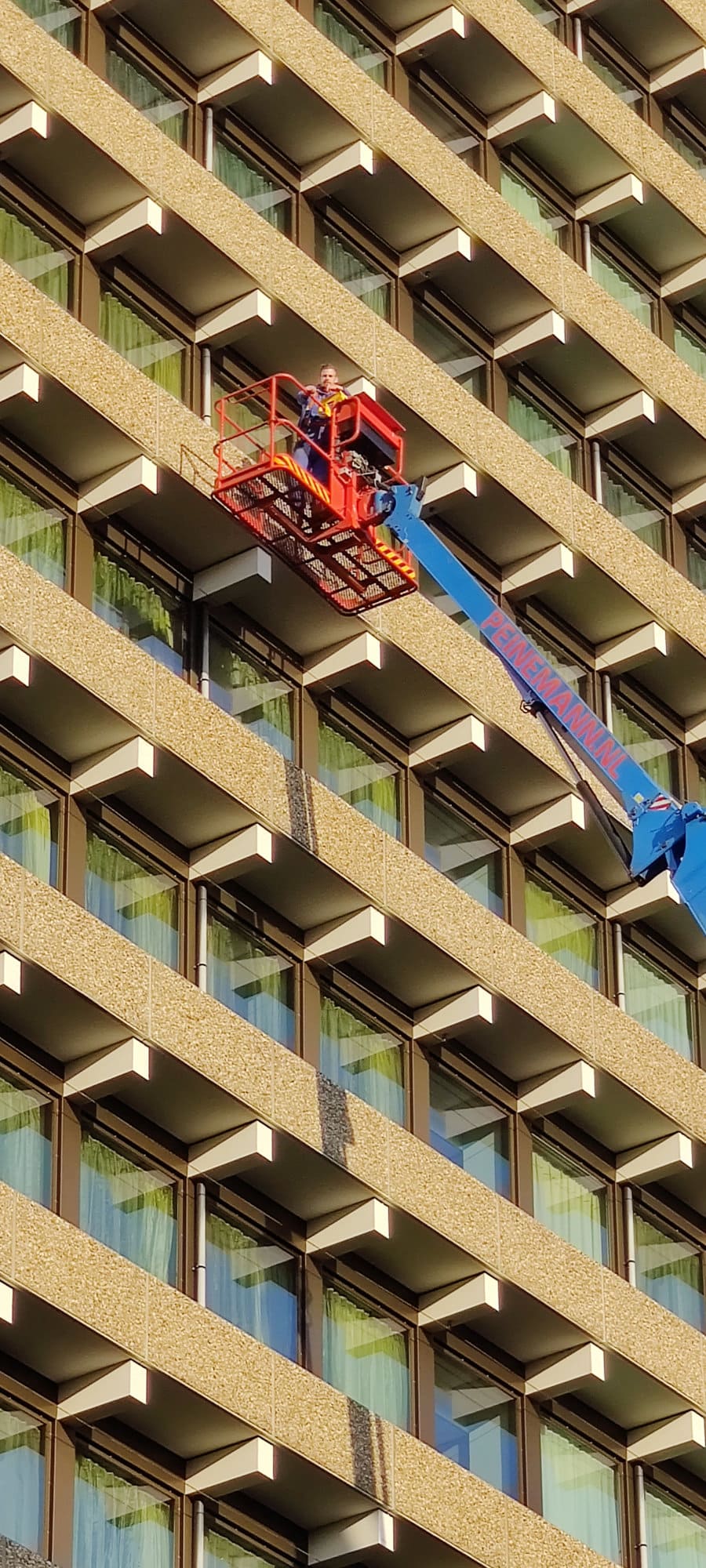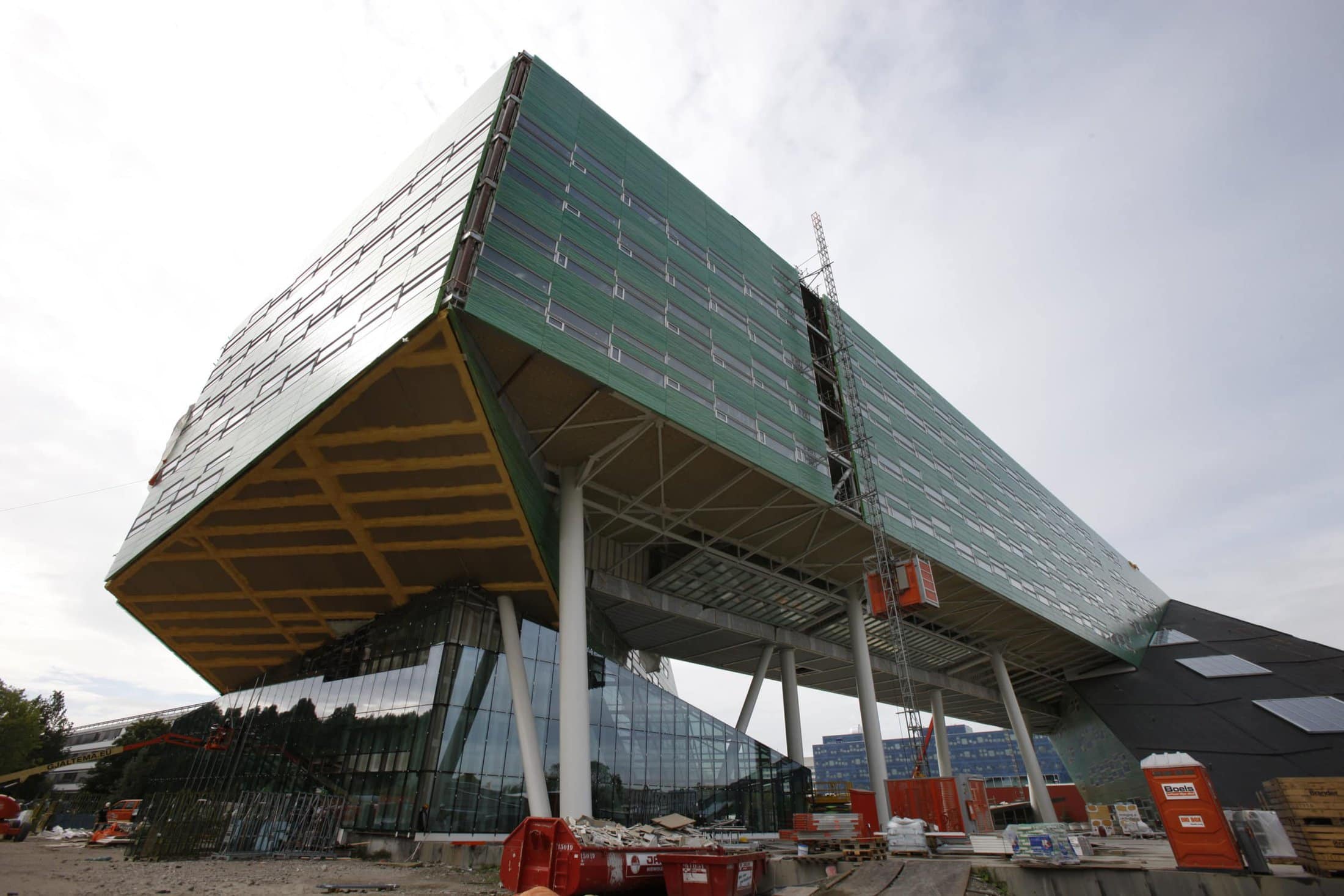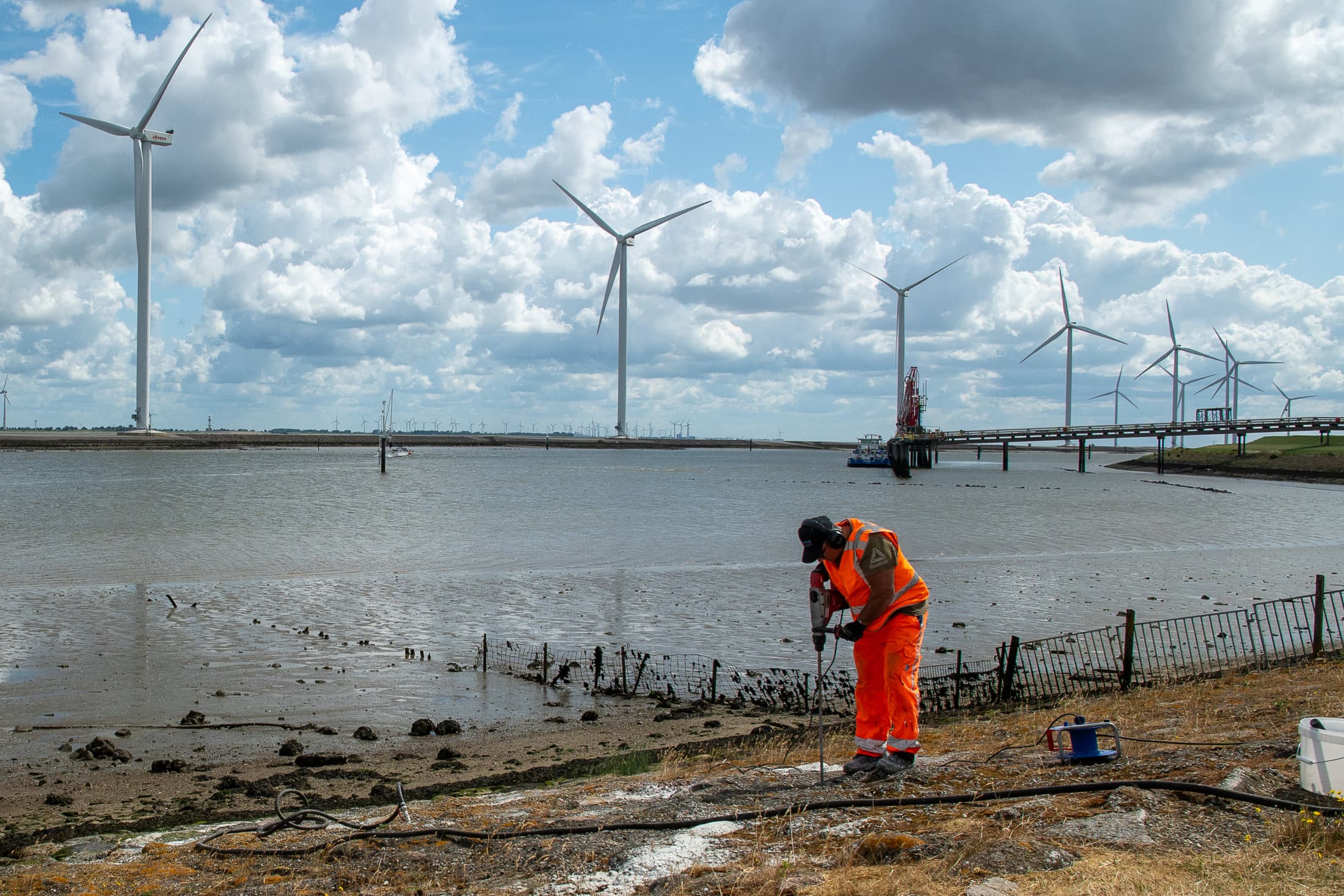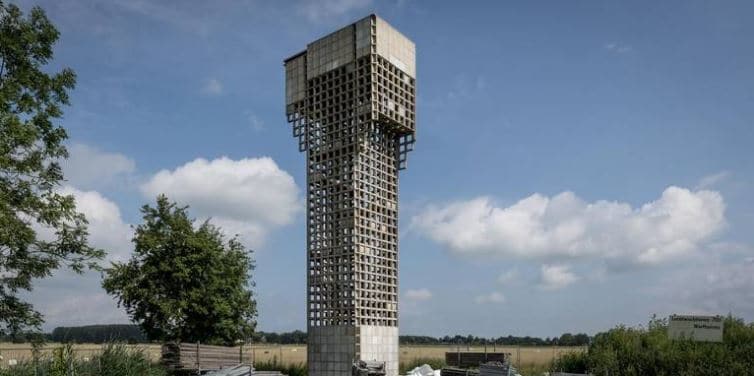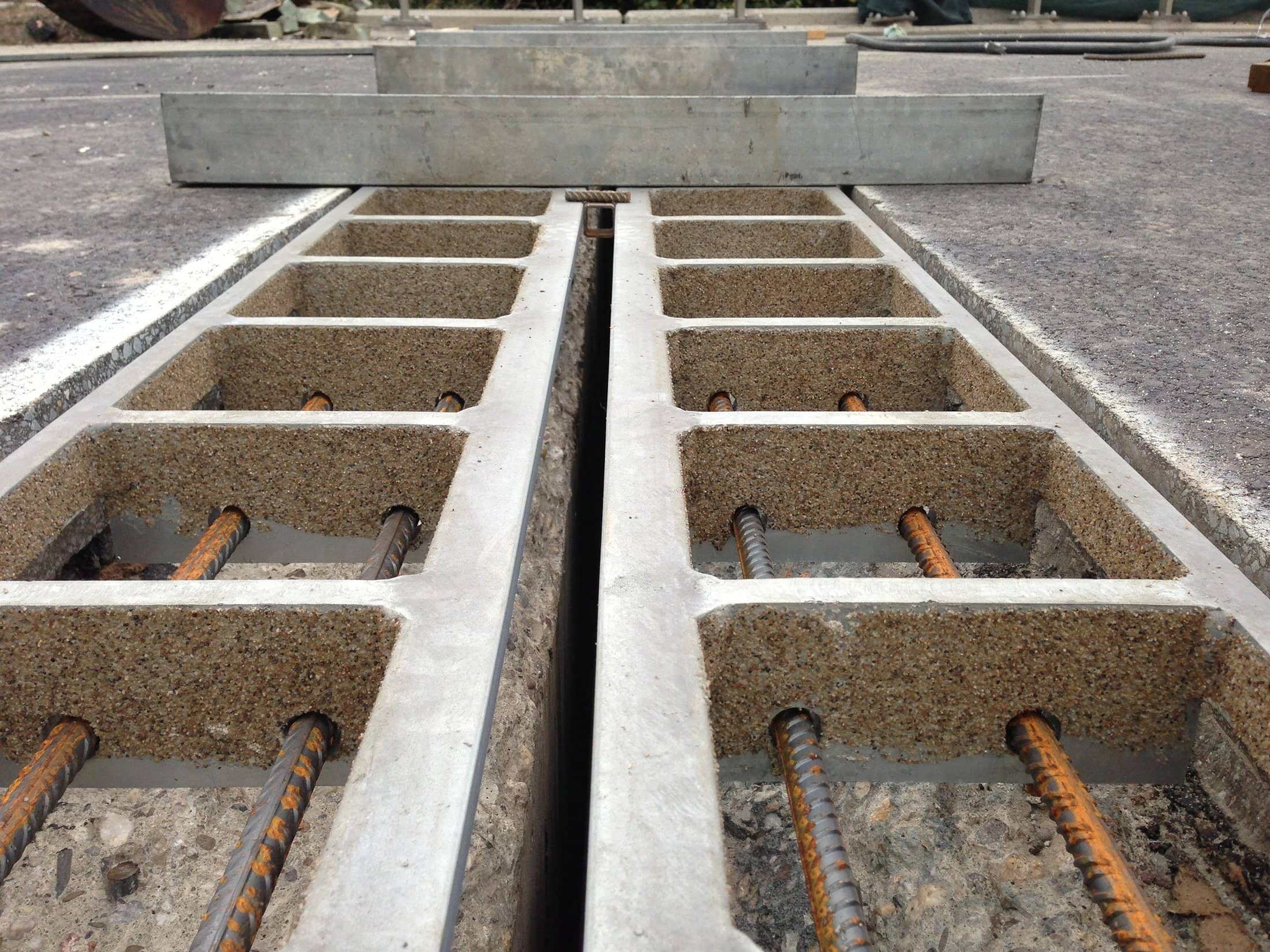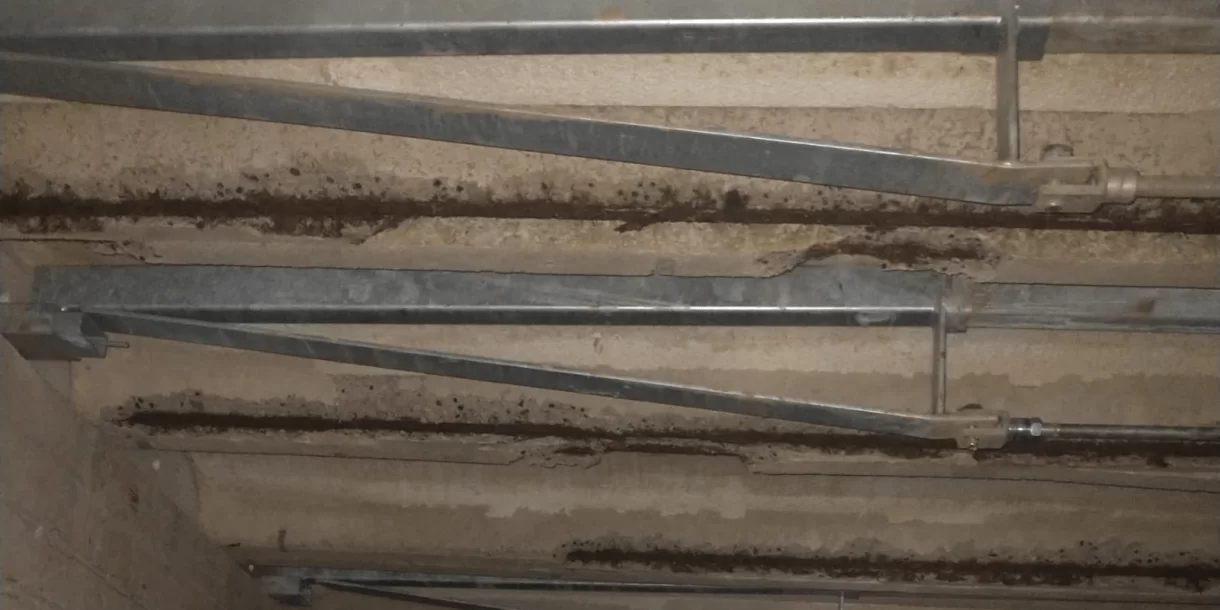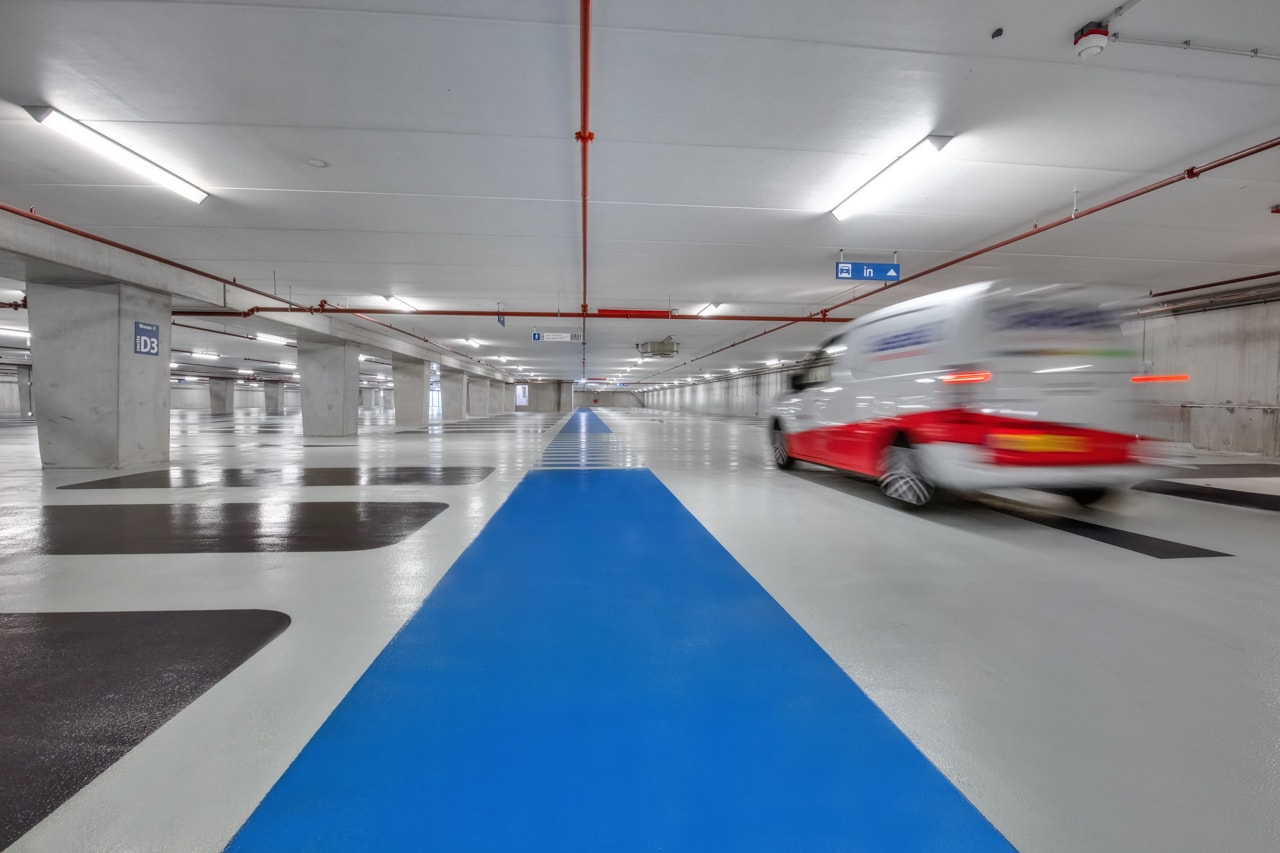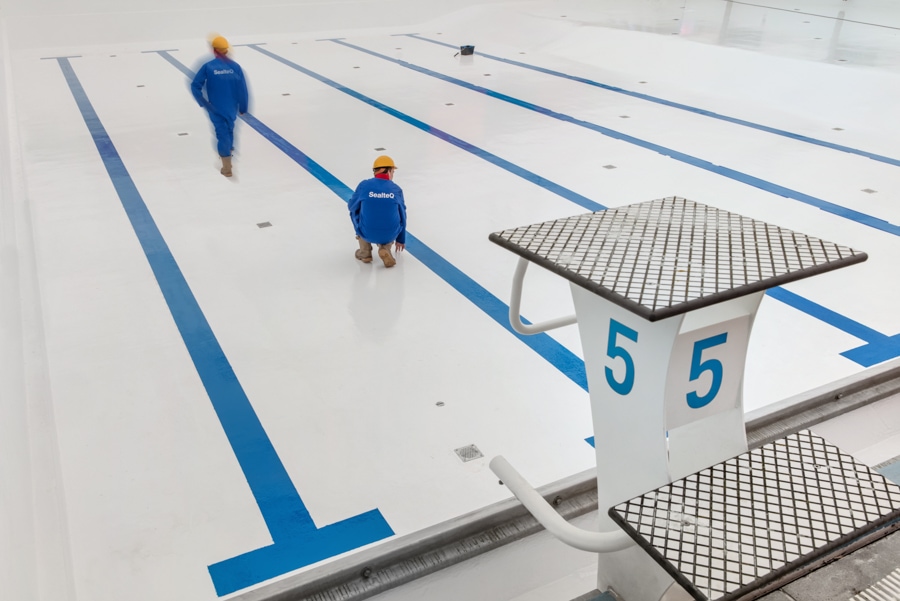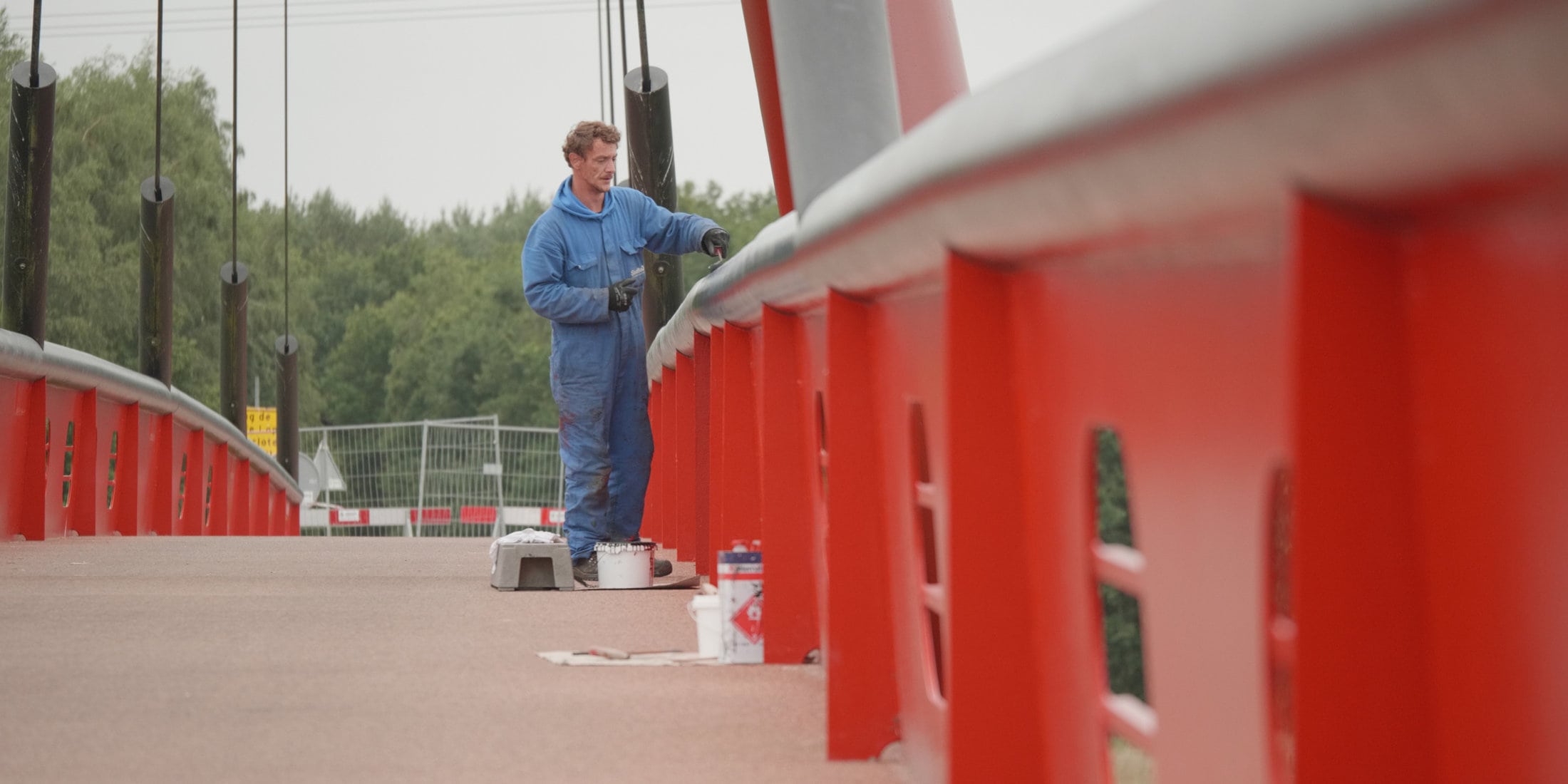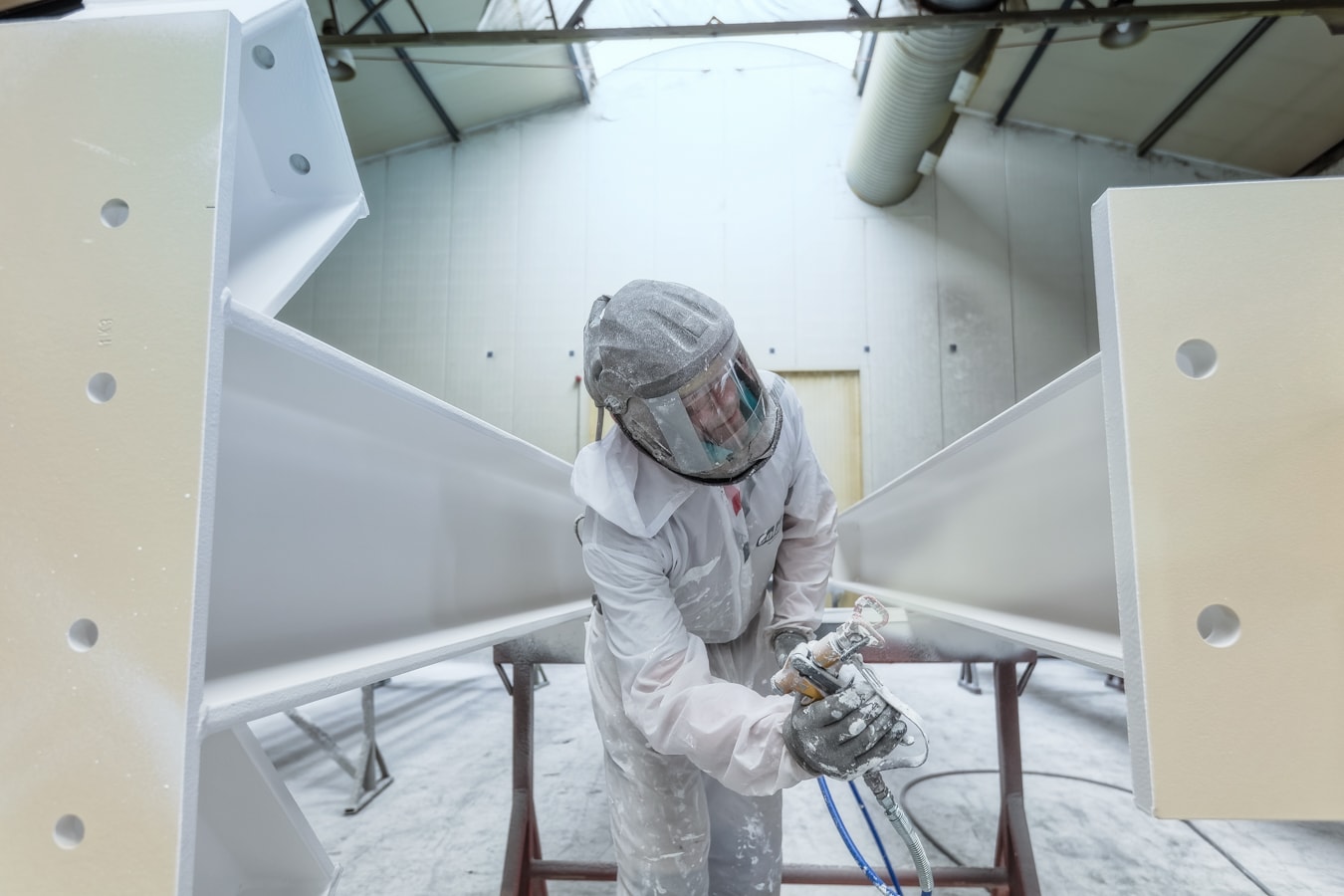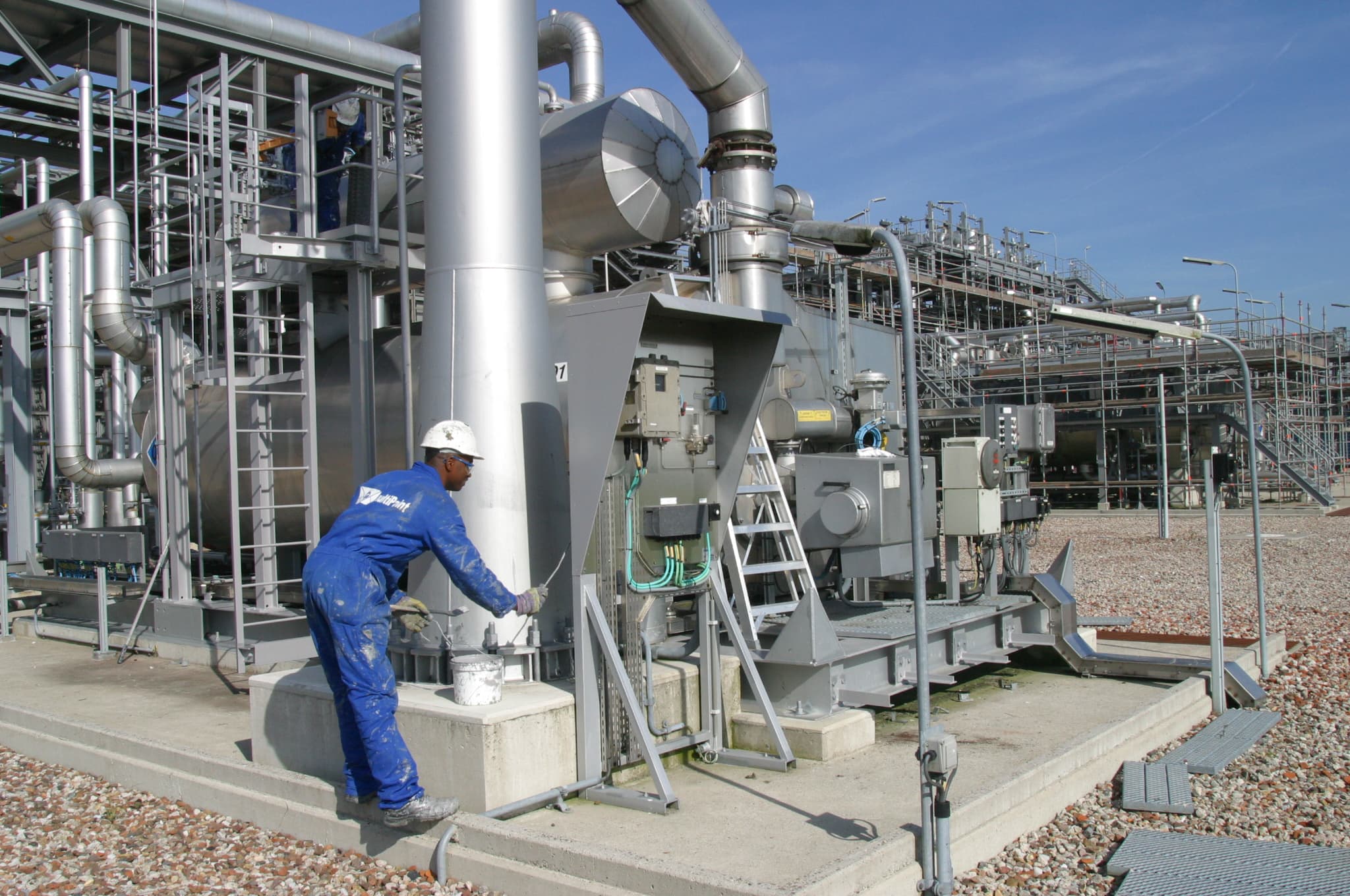At SealteQ, we help you reinforce manta floors. A manta floor (also called a rib cassette floor) is a prefabricated concrete system floor, similar to a Kwaaitaal floor, which is common in homes and buildings from 1965–1983. Due to factors such as corrosion of the reinforcing steel, moisture ingress, and aging of the concrete, "concrete rot" can occur and the load-bearing capacity can decrease.
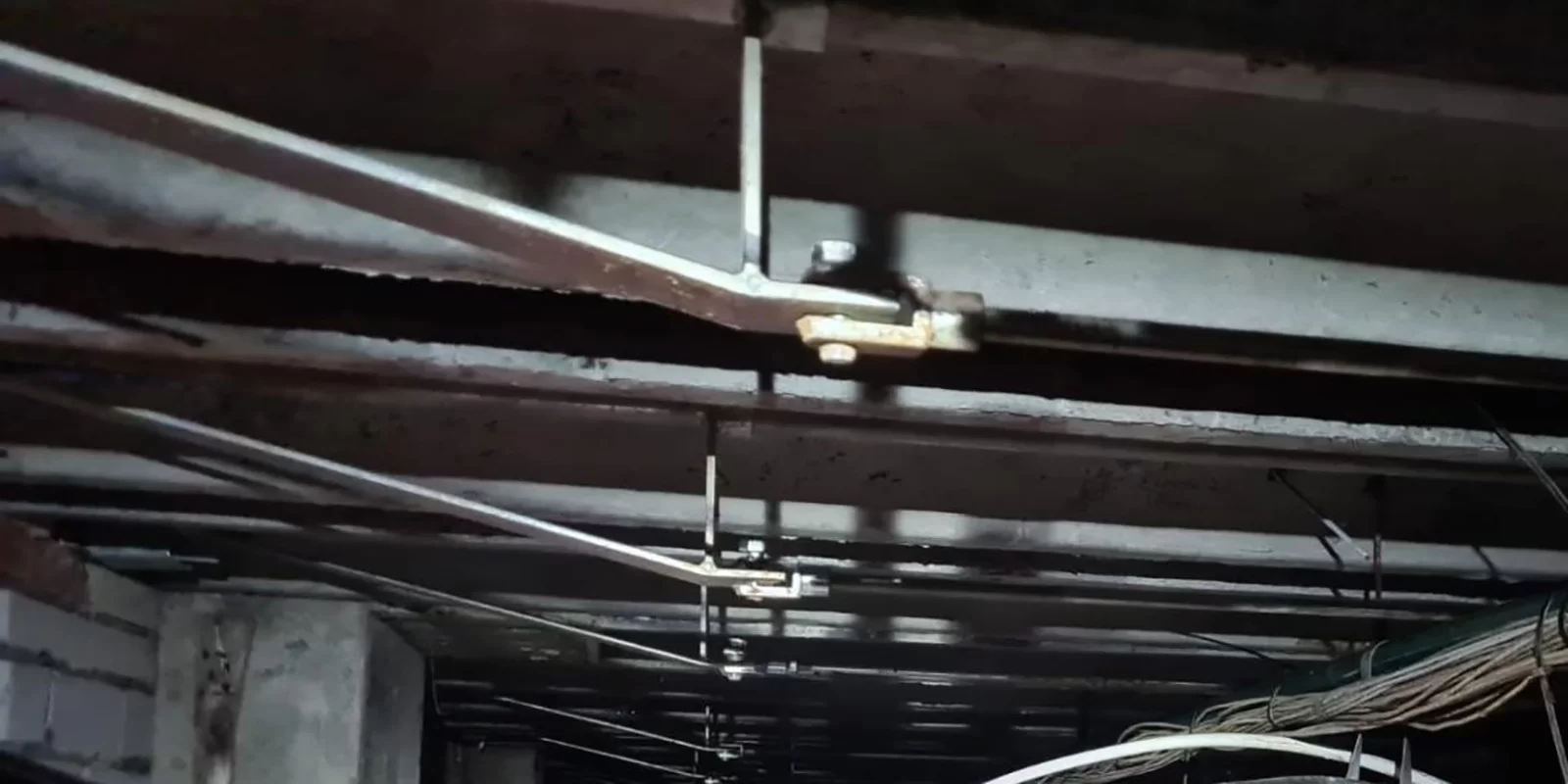
Manta Floors
What is a manta floor?
A manta floor consists of concrete ribs with a thin top plate, often cast in formwork and provided with reinforcing steel for the required tensile strength. Sometimes EPS blocks are also used to lightly insulate the floor. Manta floors are a type of prefab floor, a collective term for factory-produced floor systems.
Other floor systems such as hollow core slabs and wide slab floors are often compared to manta floors, as they are alternatives for the same applications in residential construction, utility construction, new construction, and renovation.
Why can a manta floor pose risks?
Due to rapid construction and the materials used, a manta floor may show damage after decades. Possible problems include:
- Concrete rot due to moisture or chloride damage
- Corrosion of the reinforcing steel, reducing the load-bearing capacity
- Cracking or sagging of the floor
- Invisible damage, making the floor sometimes unsafe without it being immediately visible
Because the damage is not always visible to the naked eye, a professional inspection is essential to assess the condition of the floor.
How do you recognize a manta floor?
You can recognize a manta floor by several characteristics:
- Construction year of the building: between approximately 1965 and 1983
- Type of floor: prefab rib cassette floor with concrete ribs and a thin top plate
- Location: often used as ground floor or upper floor
- Visual signals: sagging, cracks, or damp spots can be indicators, but do not always show the full condition
What should you do if you have (or suspect) a manta floor?
The step-by-step plan is simple:
- Have an inspection carried out: SealteQ examines the condition of the floor according to recognized protocols.
- Determine risk: based on the inspection, it is established whether there is damage or danger.
- Repair advice: SealteQ offers tailored advice for repairing or reinforcing the manta floor.
By following these steps, you prevent surprises and can continue to safely use your home or building.
Standards and regulations
Manta floors are subject to the applicable European and Dutch standards for concrete structures. These include:
- Eurocode 2: European standard for design and execution of concrete structures
- Building Decree: Dutch regulations with requirements for safety and structural quality of floors
- NEN-EN standards: technical standards for the safety and quality of prefab floor systems
SealteQ always works in accordance with these standards and can also advise if deviations or improvements are needed.
Repair and advice by SealteQ
SealteQ has years of experience in the inspection, maintenance, and repair of concrete floor systems. Our specialists advise you on the best repair methods for manta floors, carry out the necessary repairs, and offer a guarantee on the work performed. Before a floor can be repaired, an inspection is always necessary to determine the extent and severity of the damage. This inspection is carried out according to an established protocol. The government has established the CUR-Recommendation 79:2016 for this purpose.
Frequently asked questions about manta floors
What is a Manta Floor?
A manta floor is a prefab concrete system floor with ribs and reinforcing steel, widely used in homes and utility buildings between 1965 and 1983.
How Do You Recognize a Manta Floor?
Manta floors are prefab rib cassette floors, often on the ground floor or upper floor, built between 1965–1983. They can be identified by cracks, sagging, or damp spots, but inspection is always necessary.
What are the Risks of Manta Floors?
Risks include concrete rot, corrosion of reinforcement, cracks, and sagging. Damage is not always visible, so a professional inspection is recommended.
What is the Difference between a Manta Floor and a Kwaaitaal Floor?
Manta floors are robust and durable, with a solid concrete cover. Kwaaitaal floors are thinner, more susceptible to wear and structural problems.
Can SealteQ Help with Inspection and Repair?
SealteQ inspects manta floors according to recognized protocols and offers repair advice and repairs for safe, durable floors.


